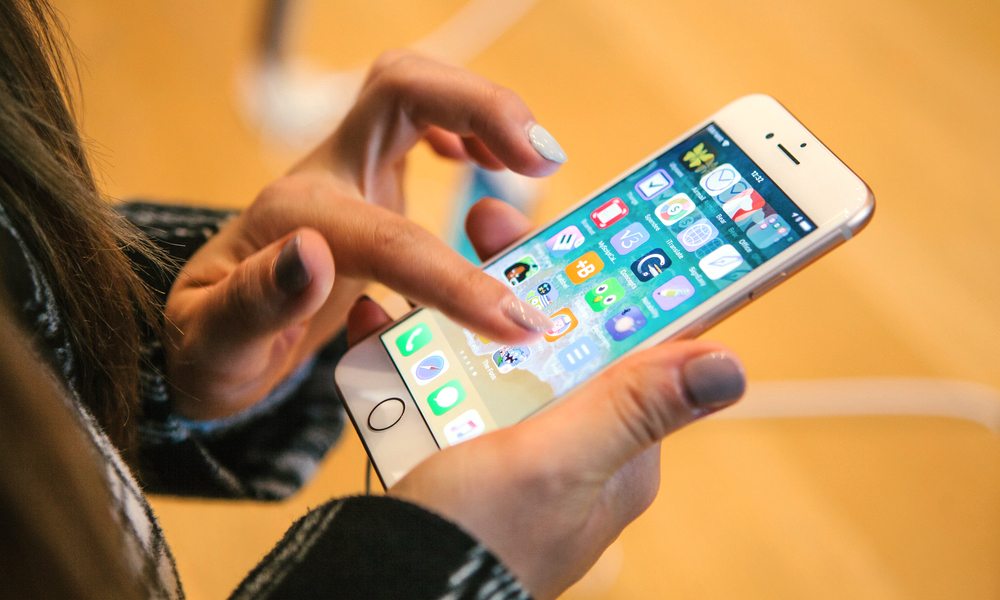iOS 11.3 Killed Touch Functionality on Some Repaired iPhone 8 Devices

Franz12 / Shutterstock
Toggle Dark Mode
Citing how some third-party components might not function up to par with their OEM counterparts, Apple has routinely encouraged its customers seeking iPhone repair service to obtain that service via Apple Support directly.
Unfortunately, as we’ve witnessed one too many times in the past, having an iPhone serviced via any other means can sometimes lead to confounding (and in some cases outright fatal) complications.
Now, as Apple works to pick up the pieces and restore normalcy amid its recent iPhone-related battery slowdown fiasco, a new Motherboard report is highlighting what could potentially become another debacle for the company, specifically affecting some iPhone 8 users who’ve had their devices’ screens repaired or replaced by non-Apple third party repair shops.
The issue seems to be affecting “thousands” of iPhone 8 devices repaired using aftermarket screen panels, according to the report.
Upon being updated to the latest iOS 11.3 software build, iPhone 8 devices have exhibited signs of defunct screen/touch functionality, according to multiple repair technicians cited in various parts of the country.
“This has caused my company over 2,000 reshipments,” said Aakshay Kripalani, CEO of Georgia-based retailer and repair shop, Injured Gadgets, who told Motherboard in an emailed statement that “Customers are annoyed and it seems like Apple is doing this to prevent customers from doing 3rd party repair.”
It remains unclear if the issue itself was accidental or intentional. Since Apple has not yet replied to multiple requests for comment, it’s also unclear if a future software update will rectify the matter, as was the case several times in the past.
Michael Oberdick, owner of Ohio-based iPhone repair shop, iOutlet, who was quoted directly in Motherboard’s report, expressed how “the repair community” believes a certain microchip is responsible for powering the iPhone’s display; and that some repair shops, excluding his own, have determined how to rectify the issue by physically dismantling the effected devices and “upgrading” the chips.
“We don’t even do the 8 repairs this year, on purpose,” Oberdick noted, indicating how he “had a really good feeling that something like this was going to happen again.”
Oberdick appears to be referring to multiple previous instances in which iPhone devices, including the iPhone 6 Plus, 6s and 7, have been adversely affected when their displays were replaced by third-party retail shops utilizing third-party display panels.
Most of these past episodes, including the infamous iPhone 6 Plus Touch Disease, went on to be rectified via a routine software-level patch however.
It’s unclear at this time whether Apple will issue a similar over-the-air software-level patch to fix the defunct screens.
This report highlights an important reality that iPhone owners with broken devices in need of repair, need to consider, when seeking repair service. While plenty of options exist to obtain lower cost repairs, Apple is and always will be the best and most reliable avenue for obtaining OEM parts and high-quality, no-hassle repairs. Learn four key reasons why only Apple should fix your display here.






